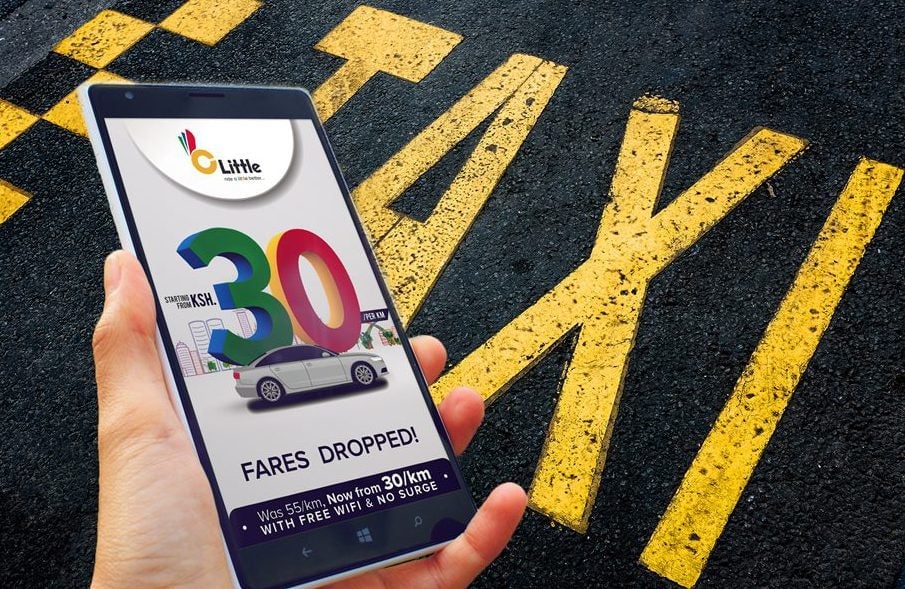Kenya’s Little Cab app is set to take on Uber in Uganda and Nigeria
Little Cab, the ride-hailing app backed by telecoms operator Safaricom, is slowly giving Uber a run for its money in Kenya. Since its launch in July, it has signed up 1,600 active drivers, outnumbering Uber’s just over 1,000 drivers since began operations in Jan. 2015. This month, Little Cab also slashed its charges from 55 Kenyan shillings ($0.54) to 30 shillings ($0.30) per kilometer, with no flat rates or price surges like Uber—effectively making it the cheapest e-taxi service in the country.


Little Cab, the ride-hailing app backed by telecoms operator Safaricom, is slowly giving Uber a run for its money in Kenya. Since its launch in July, it has signed up 1,600 active drivers, outnumbering Uber’s just over 1,000 drivers since began operations in Jan. 2015. This month, Little Cab also slashed its charges from 55 Kenyan shillings ($0.54) to 30 shillings ($0.30) per kilometer, with no flat rates or price surges like Uber—effectively making it the cheapest e-taxi service in the country.
The competition between the two companies in Kenya is now expected to go continental, as Little Cab plans expansion into Uganda and Nigeria in 2017. Little hopes to use cheap pricing to gain entry into new markets and attract more passengers. The ride-hailing app was developed by the Kenyan tech firm Craft Silicon, which operates across the continent and has subsidiaries in India and the United States.
Without announcing which telecom operators they will be working with, Little’s chief executive officer, Kamal Budhabhatti, told the Business Daily newspaper that they hoped to capitalize on their knowledge of these markets to compete with other e-taxi services. While this will be Little Cab’s first foray outside of Kenya, Uber already operates in 14 cities across 8 countries in Africa, including Nairobi, Kampala, Lagos, and Abuja.
“Nigeria is where we have our biggest continental operations as Craft Silicon and so we believe we have leverage there. The same applies for Uganda where we are also based.”
Safaricom, Kenya’s largest company, essentially launched Little Cab as a competitor to Uber, with cheaper and more localized solutions. Safaricom also sees the app as part of its plans to diversify its products and create brand loyalty. Little Cab allows customers to pay for their ride or for others through the Safaricom’s mobile money service, M-Pesa; buy discounted airtime during the trip; access free Wi-Fi; allows non-smartphone users to hail a cab through a USSD system; and lets women exclusively request for female drivers from 6 pm to 6 am for safety issues.
Yet, Little Cab’s arrival and drastic cuts in fares have raised questions on whether it aims to drive the multi-billion dollar, San Francisco-based Uber out of Kenya—assertions that Safaricom CEO Bob Collymore said “bemused” him. Uber announced a 35% reduction in fare, from 60 to 35 shillings, in July, after Little Cab and Estonian app Taxify entered the Kenyan market. The move sparked protests from Kenyan taxi drivers who said Uber was using them as “slaves.” Mondo Ride, which is based in Dubai, also entered the Kenyan market in September, and immediately slashed its prices to undercut Uber.
According to one estimate, Nairobi alone has more 10,000 cabs who rake in 20 million shillings a day. For Uber, Nairobi is a bright spot to build its future, with its drivers clocking 10,000 trips a day in contrast to Little Cab, which registers 3,500 trips. Uber’s price cuts back in July have even worked, showing a boost in driver-partner earnings.